Boutique Hotel and Thermal Spa Cascada Opens in Alberta Arts District
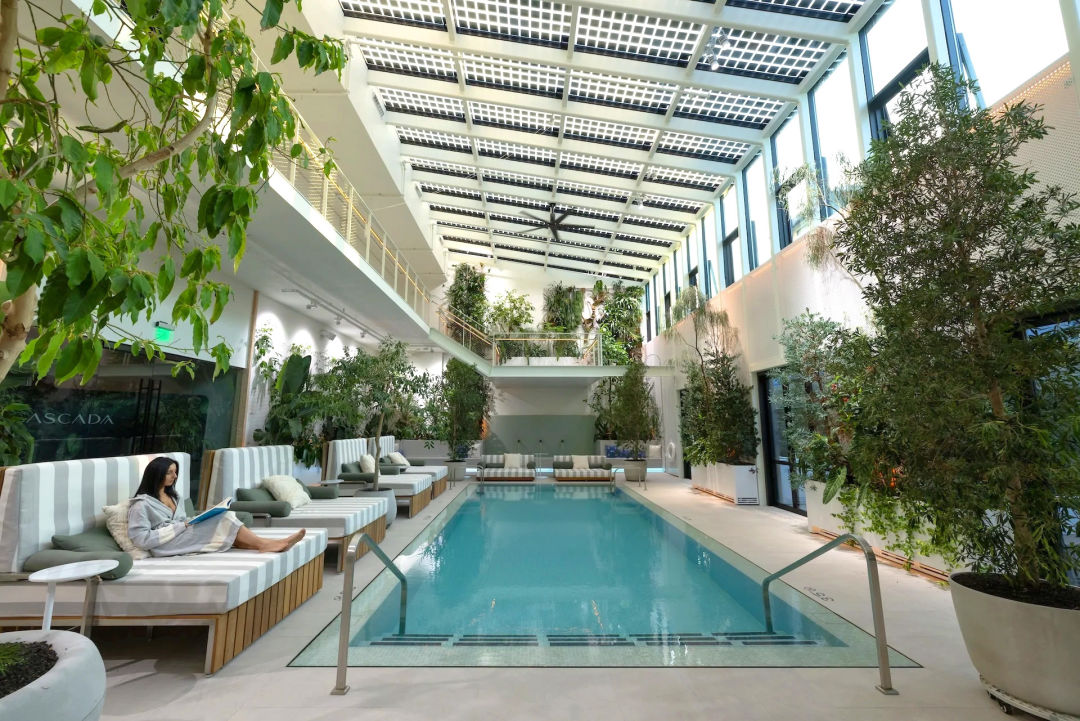
The conservatory at Cascada sits at 85 degrees year-round.
On a cold, gray December day, the conservatory at Cascada is a balmy 85 degrees. The winter sun is dappled by solar panel cells, arranged so light can stream through the glass ceiling and feed the room’s hundreds of plants—tropical magnolias, verdant air plants, monsteras. The new boutique hotel and spa opened its doors to the public only days earlier, and I have the pool to myself. Kicking off the provided flip-flops, I descend the steps into the warm water and quickly cross to the deep end. Deep is relative here: Despite the fact that I fit comfortably in airplane seats, the water barely reaches my chest, and my toes brush the bottom as I lie back. I breathe and float, basking in the curated opulence for a moment.
Cascada is a first for Portland: a hotel on NE Alberta Street that’s also home to a thermal spa and “wellness center” with yoga and fitness classes, plus a café, restaurant, and bar. Most of the city’s luxury hotels live downtown, leading tourists to the west side of the river, but Cascada is planted in the middle of the Alberta Arts District, its rooms overlooking Radio Room and a new food cart pod. It comes from SolTerra, a local alternative energy company turned contractor and developer. In the lobby hangs a portrait of a woman in prayer, a miniature version of an earlier SolTerra project, a five-story-tall mural on SE Ninth and Division featuring a coiffure of thousands of living plants.
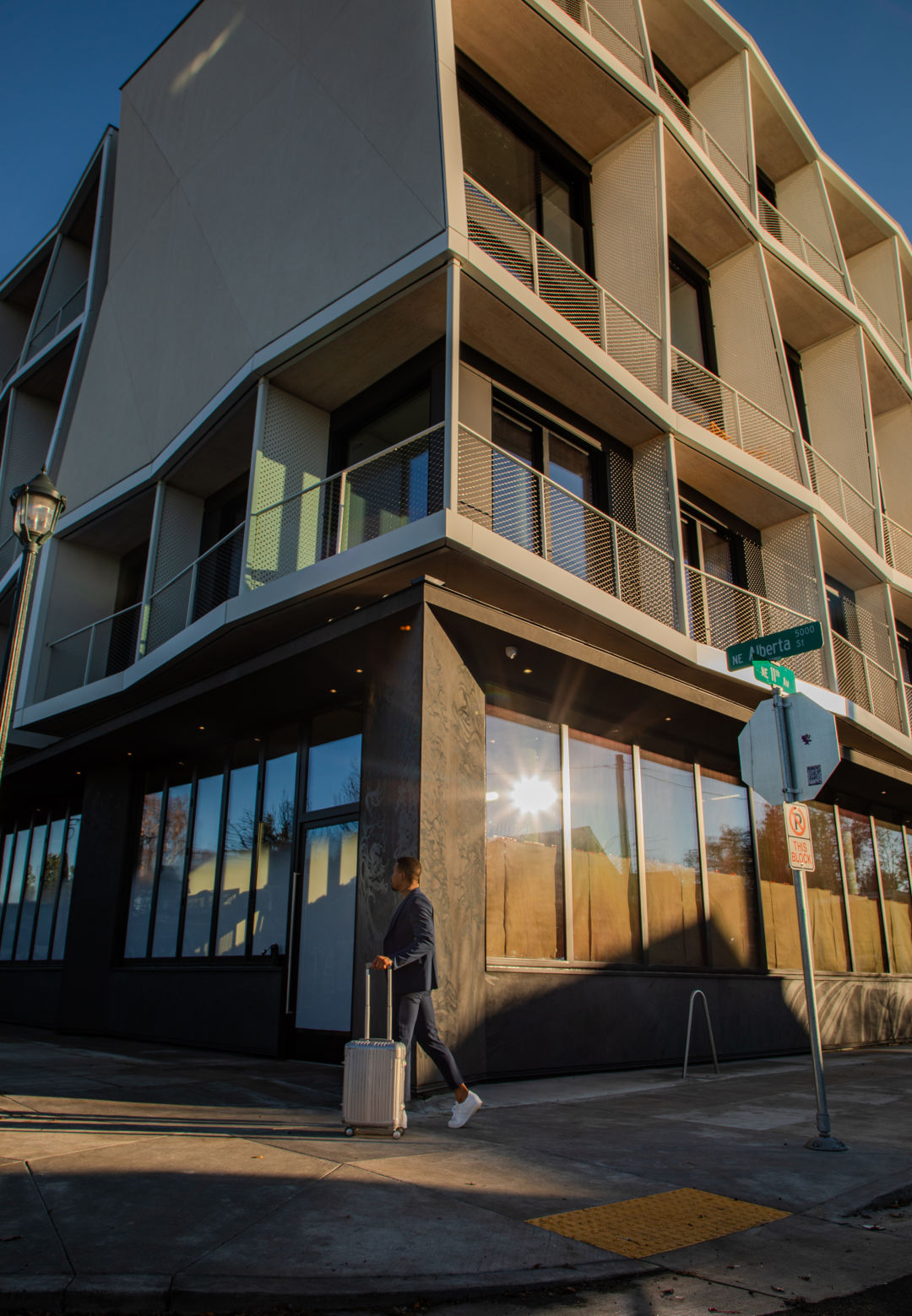
Cascada aims to bring tourists to the Alberta Arts District.
SolTerra originally envisioned Cascada as a co-living area, but when COVID-19 hit, the project morphed. The team had been scouting spas, and CEO Brian Heather says he was struck by their “profound positive effects on people.” That part of the project, he says, “probably doubled in size as we broke ground.” For construction, SolTerra drew from its experience as an alternative energy company. In addition to solar power, the building uses closed energy cycles called hydronic loops, which retain excess energy from cooling to heat other spaces, as well as an energy-recovery air filtration system that operates similarly. Cascada also uses a form of layered lumber called mass timber that proponents argue is more climate-friendly than other building materials thanks to its potential for carbon storage. Regardless, it gives the building a pleasant, piney smell, with none of the off-gassing that often accompanies new construction.
The hotel’s 100 rooms are stylishly minimalist with neutral tones, and all have in-unit kitchens designed with extended-stay guests in mind. Off the spa entrance, a Portuguese-Japanese restaurant and bar called Terra Mae boasts its refusal to use seed oils—instead, find tuna tartare with ponzu and truffle, panko-breaded linguica croquettes, and salt-cured duck with scallion pancakes—while a lobby café serves coffee, pastries, and grab-and-go items like salads and sandwiches.

Hydronic loops keep the hot tub at 103 degrees.
Hotel guests get a discount on spa treatments, but anyone can make a three-hour visit for $100. On my December visit, after luxuriating in the conservatory for a while, I make my way to the subterranean “sanctuary” and its thermal pools, sauna, and steam room. It’s dim down here, lit by just a handful of electric lanterns. Chatting is prohibited, so it’s also quiet, save for a stream cascading into the mineral water pool and a calming chant on the speaker. Thanks to a water filtration system that includes UV light, it’s mercifully free of the smell of chlorine.
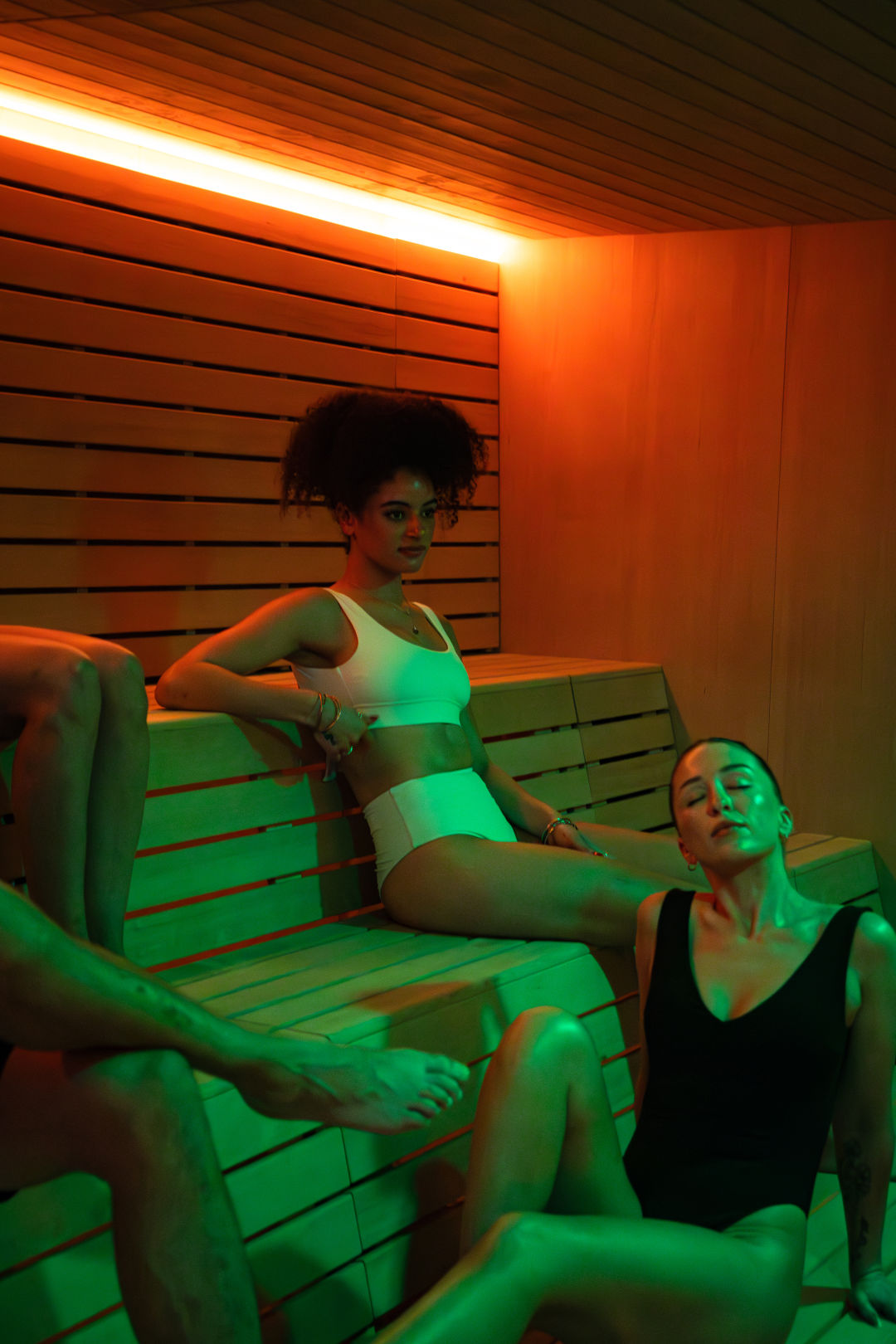
The sauna is a perfect first step to the subterranean spa experience.
A wall-mounted diagram recommends a specific sequence, but it’s all a little too prescriptive for my first visit—and the cold plunge is intimidating. I begin with a sauna before a swim in the spacious ambient pool and a soak in the hot (but not too hot) tub. I take a dip in the mineral water and finally muster courage for the cold plunge. I get waist-deep before bailing. But after consideration, I kneel near the pool and submerge my head. It’s bracingly cold, and afterward the pool feels as warm as the hot tub did earlier. Despite my noncommittal plunge and deviation from directions, I feel buoyed, maybe even centered.
Share this content:


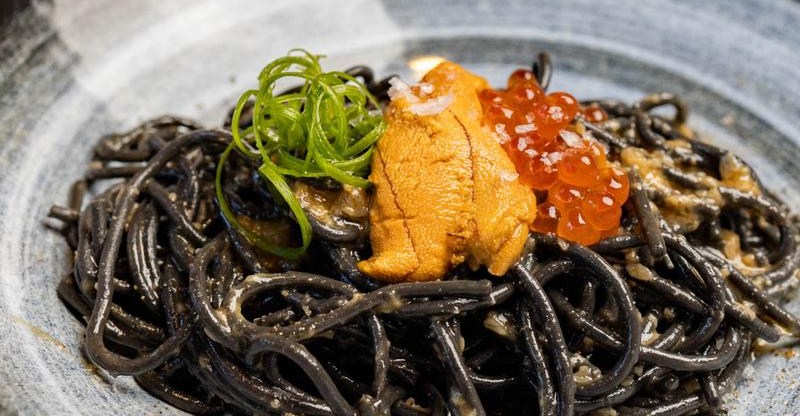

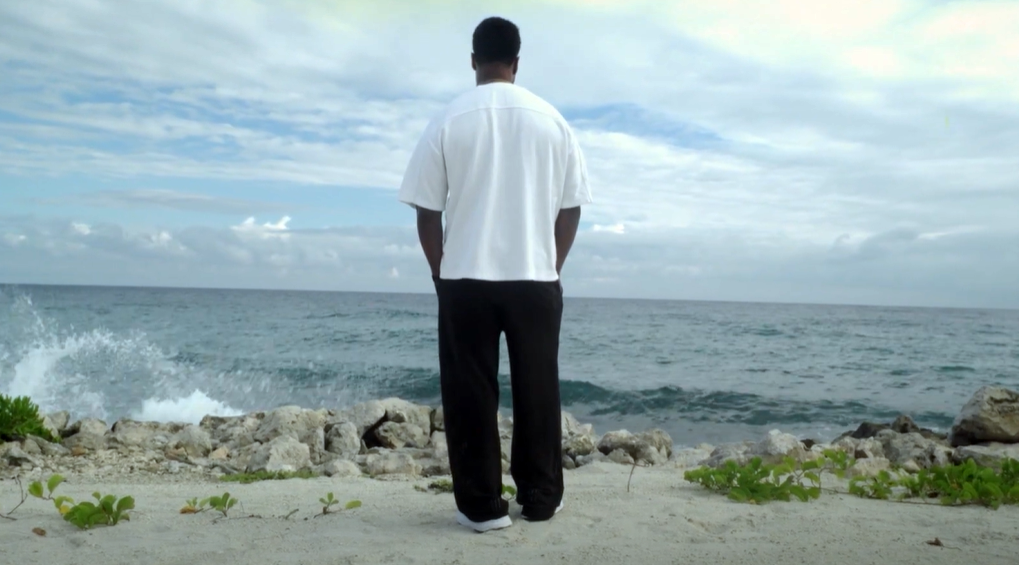
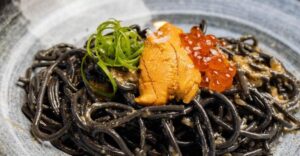

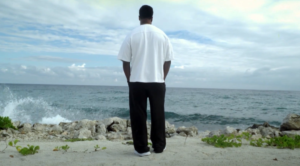

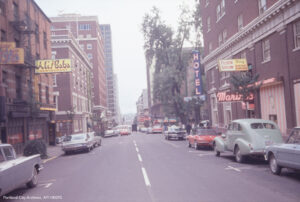
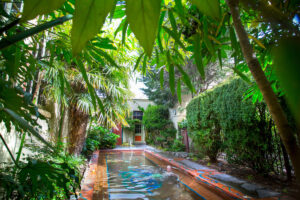




Post Comment